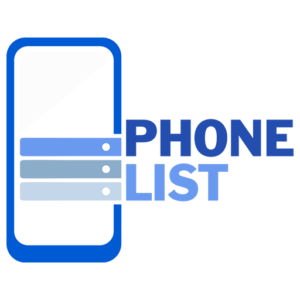There are a few key components that every follow-up email should have if you want it to be effective.
You should use a different writing style than your initial email, focus on a single call to action (CTA), and have a more personal approach.
A Personalized Subject Line
Your follow-up email needs to stand out in a crowded inbox, and the best way to do that is with a personalized and engaging subject line.
Don’t just write “follow-up” or “meeting recap.”
Instead, try to be creative and spark the other person’s business owner data interest to differentiate a transactional email from a marketing email.
First, clearly state what the follow-up is for.
It could be something like “Our meeting about XYZ” or “Recap of our phone call”
Next, add a little personality to your subject line. Something like “I have great news!” or “Can I buy you a coffee?” would work well here.
A Brief Summary of Your Last Interaction
Before diving into your corporate email message, spend a sentence or two reminding the prospect of your last meeting or conversation.
This will help refresh the recipient’s memory and put your follow-up email into context.
This is important for your sales prospecting, as you want to continue the conversation to close a sale—a key difference between transactional and email marketing.
Write on the line:
“It was great talking with you yesterday about XYZ. I wanted to follow up about…” or “Thanks for meeting with me yesterday to talk about XYZ. I wanted to follow up with some additional information about…”
The Main Objective of Your Follow-Up Email
Once you’ve reminded the person who you are and what your last interaction was, it’s time to get down to business .
What’s the goal of your corporate follow-up email? Are you google’s search engine algorithms trying to continue a conversation? Advance a particular topic? Or close the deal?
Whatever the case, be sure to express it clearly and directly.
The last thing you want is for your email to be misinterpreted or ignored because it wasn’t clear what you were trying to achieve.
If you’re having a hard time thinking of what to say, imagine you’re continuing a conversation with someone in real life.
It might help you jumpstart your thinking around this follow-up email.
A Call to Action
When stating the main objective of your follow-up email, you should include the CTA.
A CTA is simply an instruction that tells the recipient what you want them to do next.
It could be something like, “Please let me know if you are interested in scheduling a meeting,” or “If you have any questions, please feel free to contact [calendly link].”
A CTA is important because it tells the recipient what you expect usa lists from them and makes it easier for them to take the next step.
Your CTA should be clear and direct, and easy for the other person to follow.
A Sincere Signature
Last but not least, you should end your follow-up email with a sincere signature .
“Thank you for your time” or “I look forward to hearing from you” are always safe bets.
We emphasize that you be sincere , because it is important that you do not come across as a charlatan or a show-off.
The goal is to show that you are interested in continuing the conversation, not to force the other person to do something they don’t want to do.






